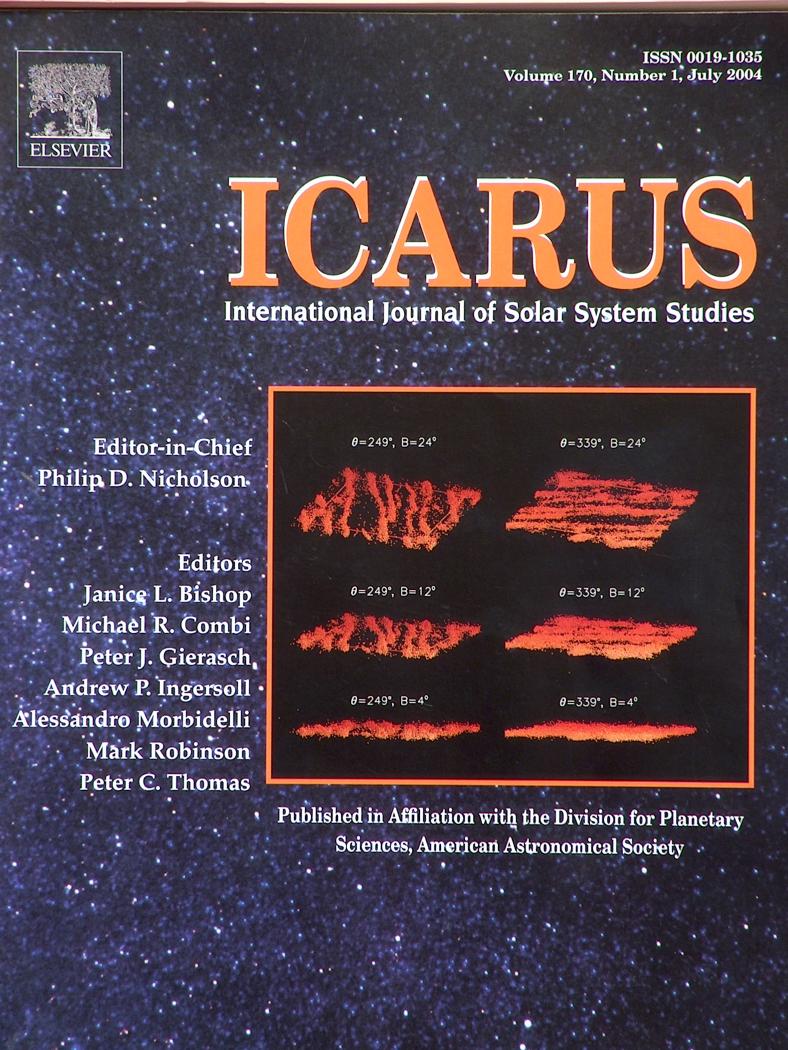
Our planetary ring studies concentrate on dense rings - the main A and B rings of Saturn - and especially on the role of ring particles' mutual self-gravity besides their physical impacts. The most important result has been the numerical prediction of small-scale wake structure in Saturns's rings (Salo 1992, Nature 359, 619). We are investigating the observational implications of such wakes with photometric Monte Carlo -simulations, and compare the results to Voyager data, to HST observations (PI R. G. French) and to Arecibo radar data (PI P. Nicholson). Gravity wakes are also marginally resolvable in recent Cassini images. Other current interest is the apparantly irregular density variations in Saturn's B-ring: we are studying the properties of such extremely dense rings both with N-body simulations and with hydrodynamical stability analysis, in collaboration with Potsdam group (J. Schmidt, F. Spahn).
RESEARCH TOPICS:
Dynamics of planetary rings:
Photometry of Saturn's rings:
COLLABORATION:
RECENT PUBLICATIONS:
Gravitational aggregates in Saturn's outer A ring
Viscous stability of dense planetary rings -
Irregular structure of Saturn's B ring
Ring-satellite interaction
Photometric Monte Carlo modeling of dynamical simulation data
Saturn A-ring azimuthal brightness asymmetry and gravitational wakes:
General photometry of Saturn's rings: tilt and opposition effect
Our previous satellite resonance studies have dealt with the
angular momentum exchange between rings and satellites, confirming
numerically the validity of Goldreich-Tremaine predictions, and to
some degree extending them to non-linear regime. Also, we have
demonstrated the possibility of one-sided confinement of narrow
ringlet in the 2:1 ILR of external satellite. Our recent studies have
dealt with the azimuthally incomplete ring arcs of Neptune. We have
shown (Science 282, 1102) that self-gravity of massive arc particles
can stabilize them agains mutual impacts, and help to confine dust to
the arc region in general. We are currently seaking for possible
explanations for the recently observed shift between the locations of
the arcs and the predictions of the Porco-Goldreich-Tremaine-model.
Fysikaalisten tieteiden laitoksen tutkimusryhmat
modeling of Voyager, Hubble Space Telescope and Arecibo radar data
Lyhyt suomenkielinen kuvaus Dynamiikan tutkimuksista